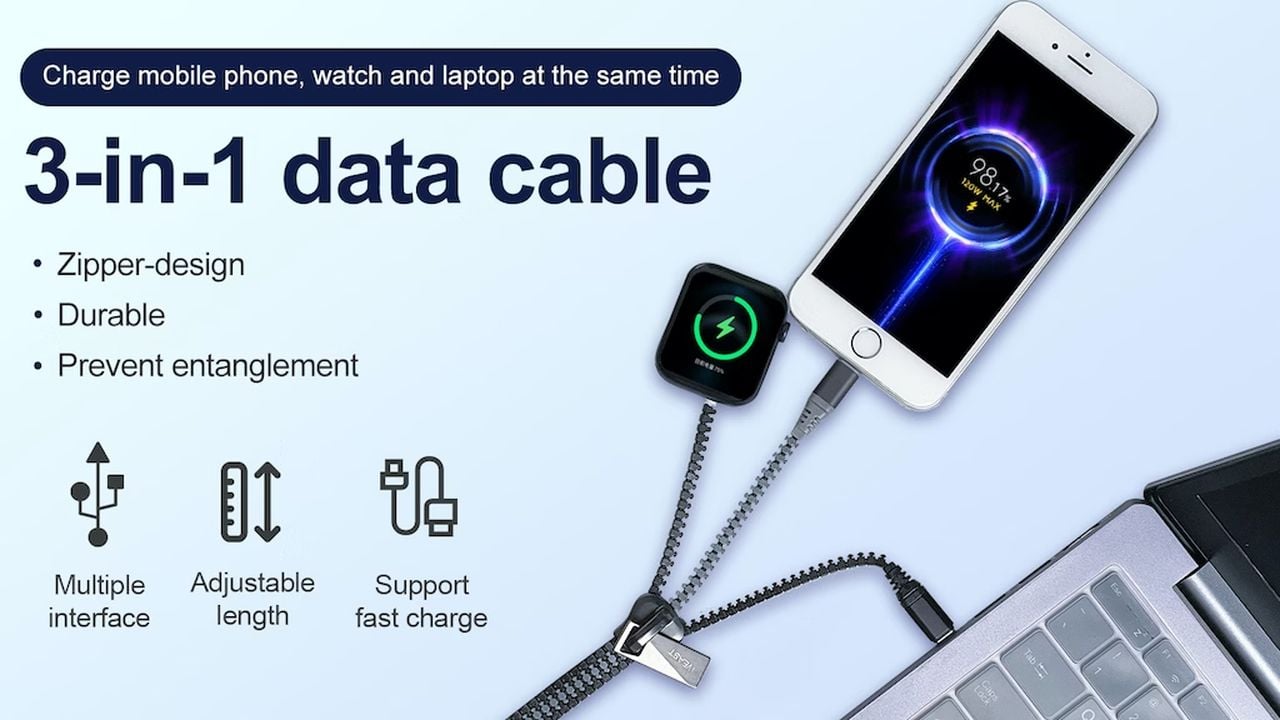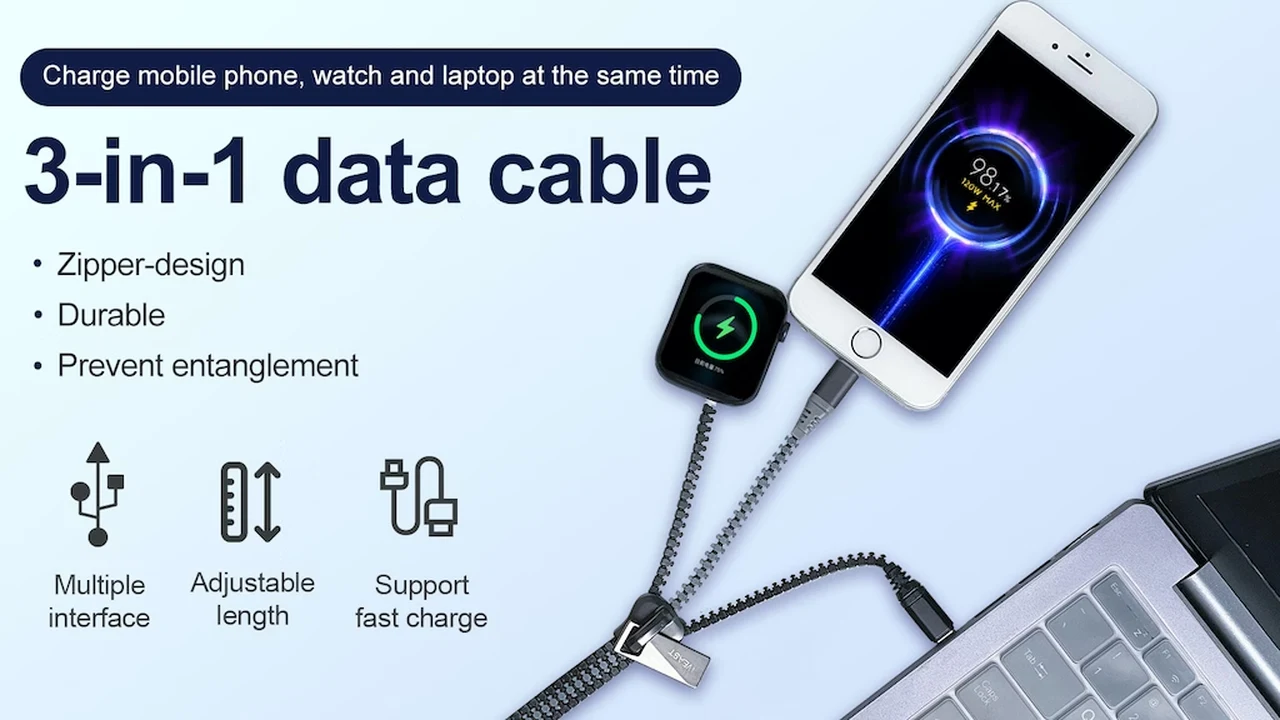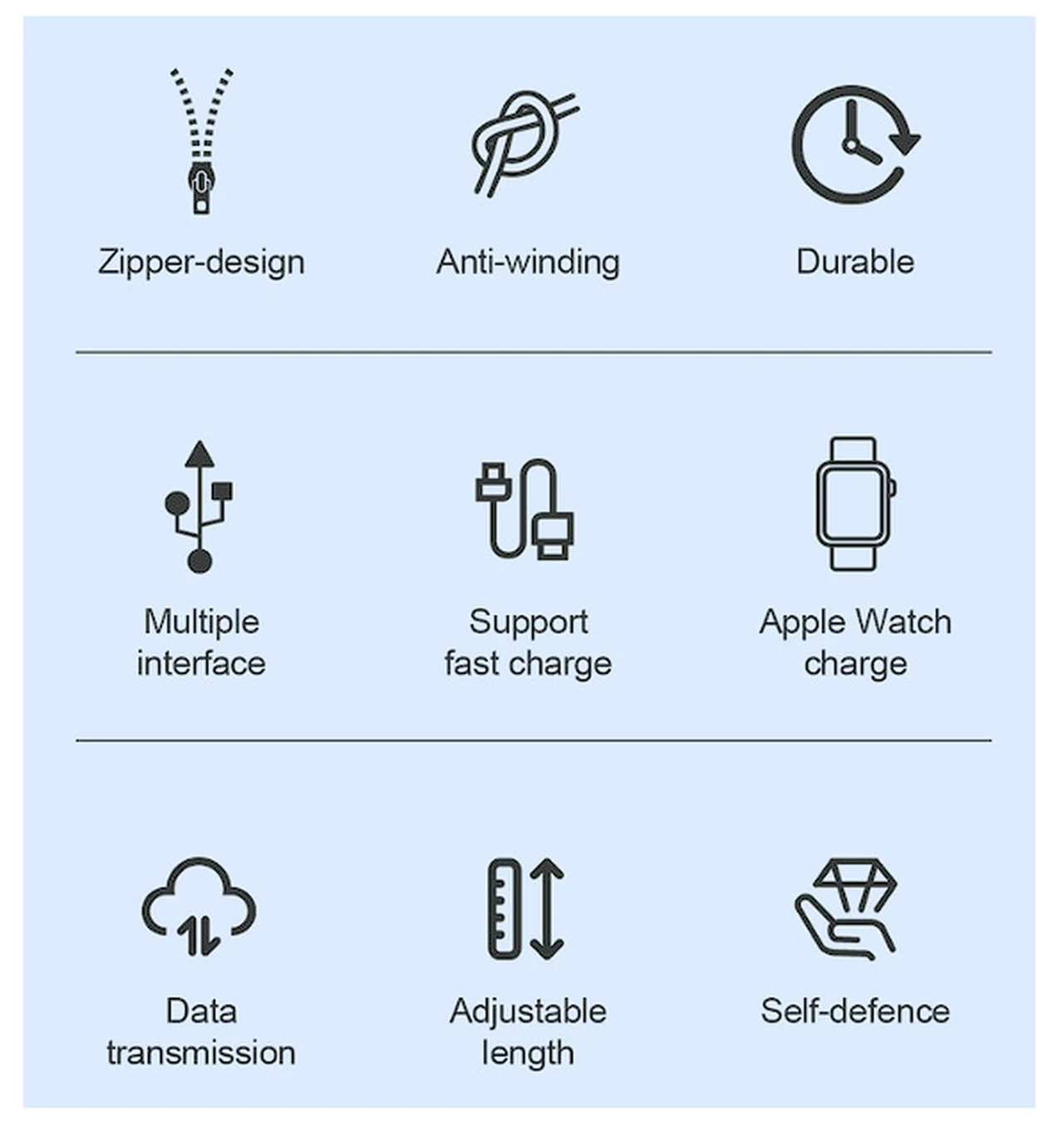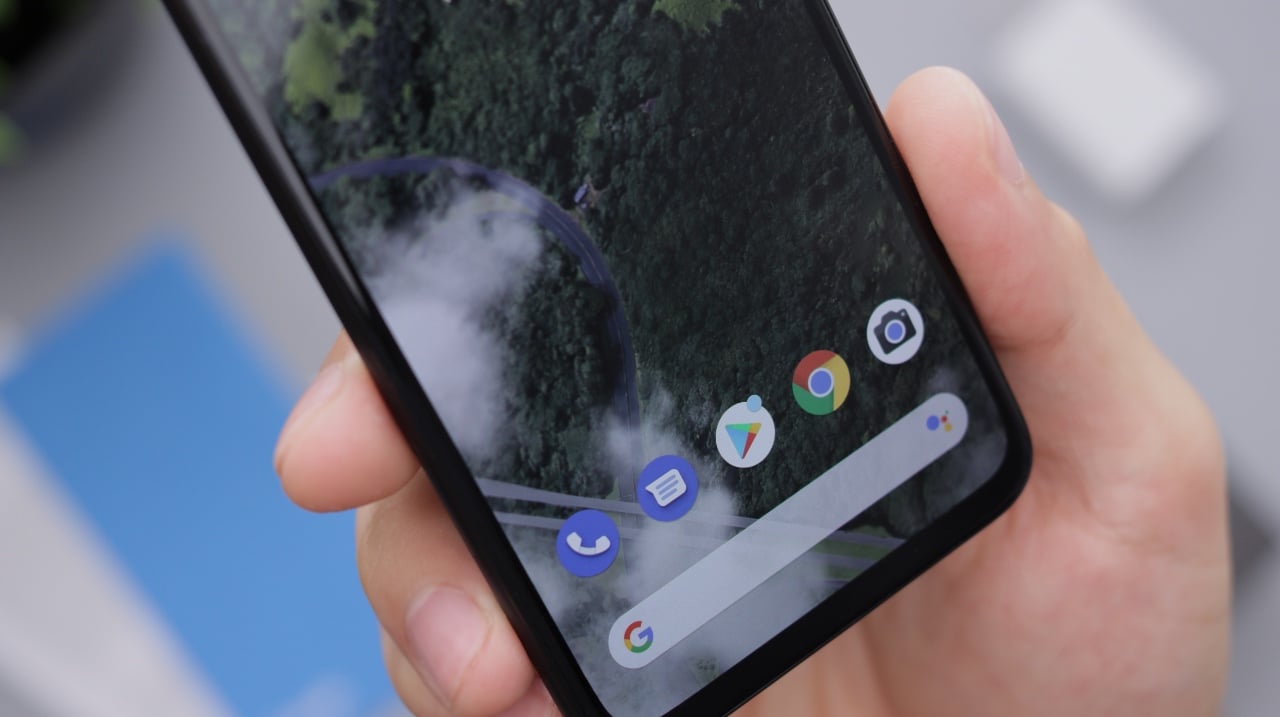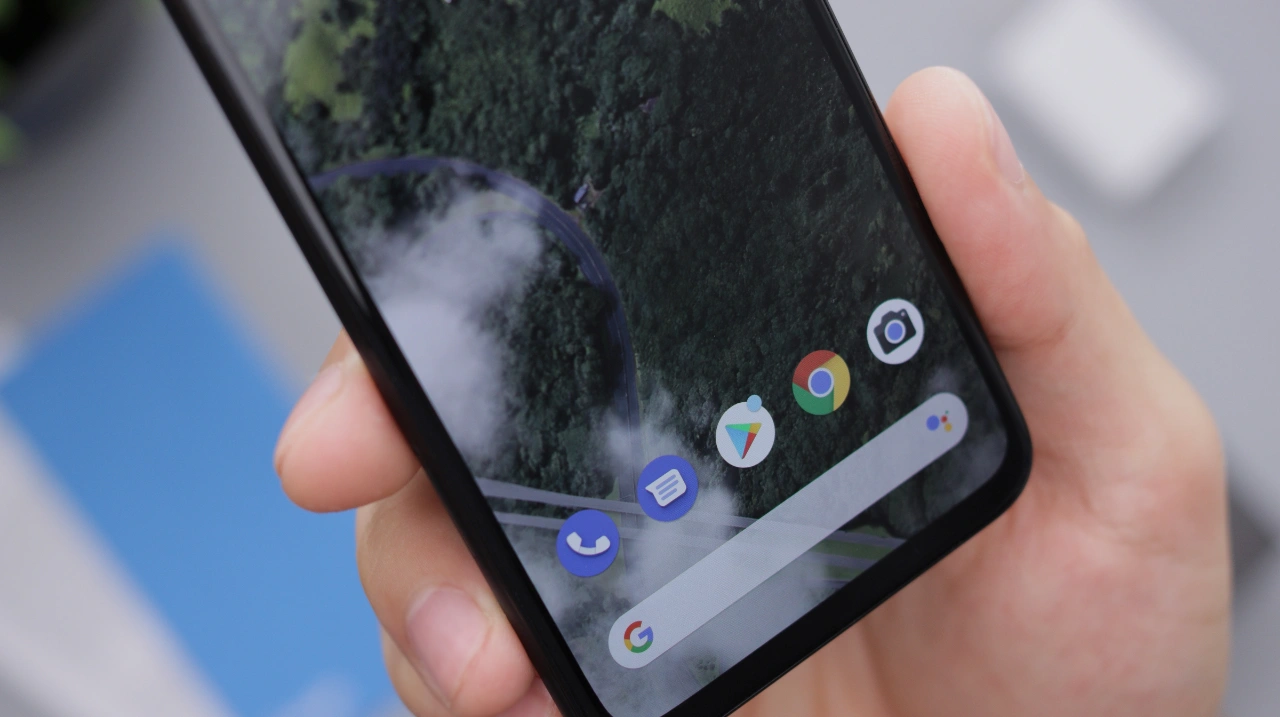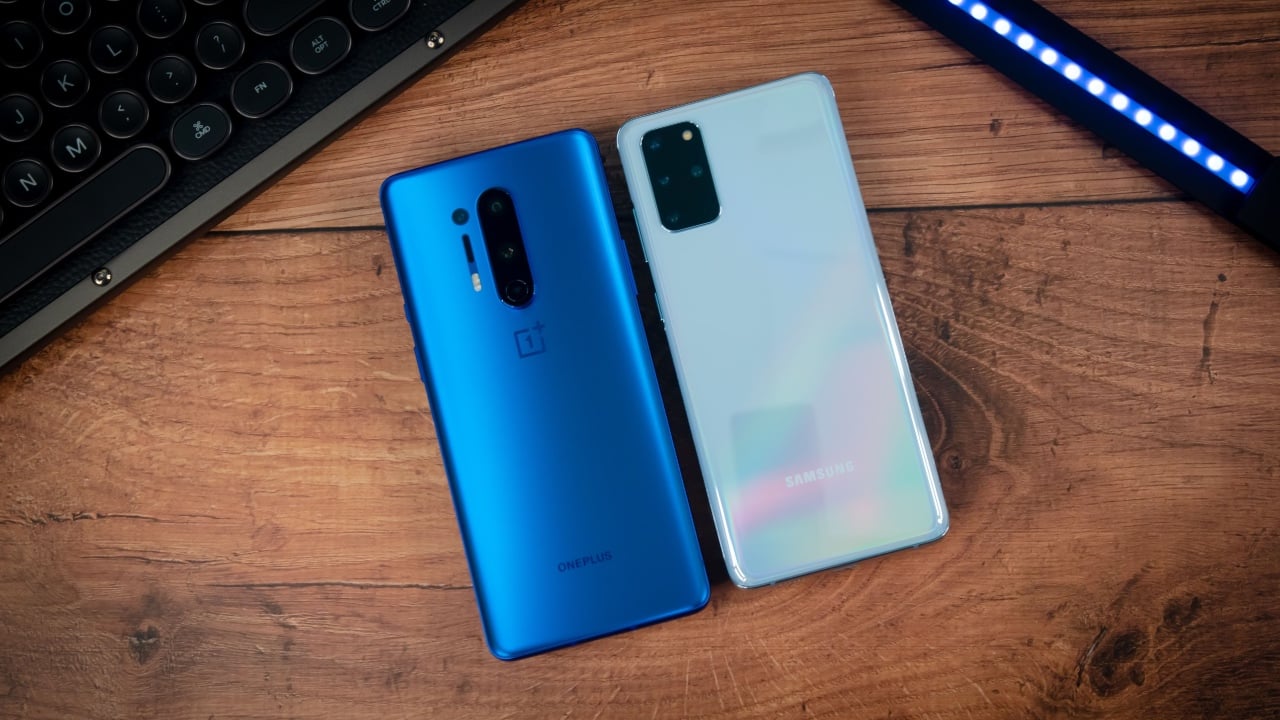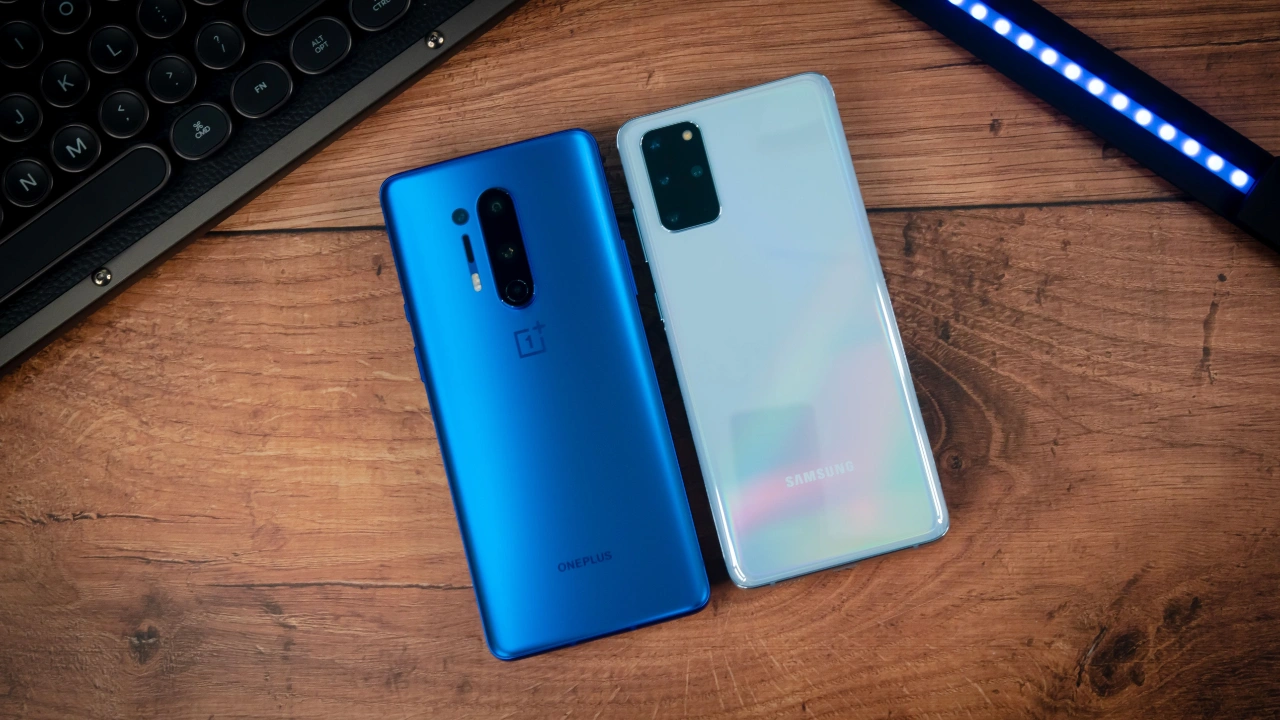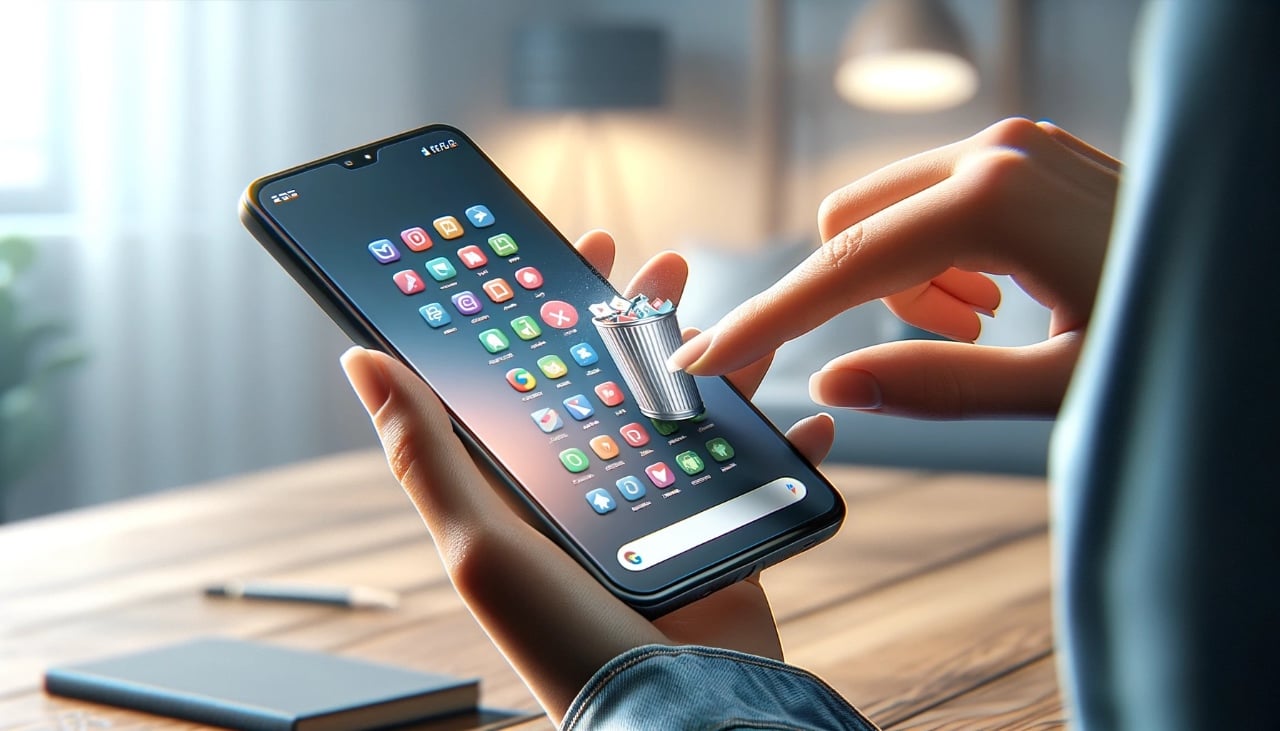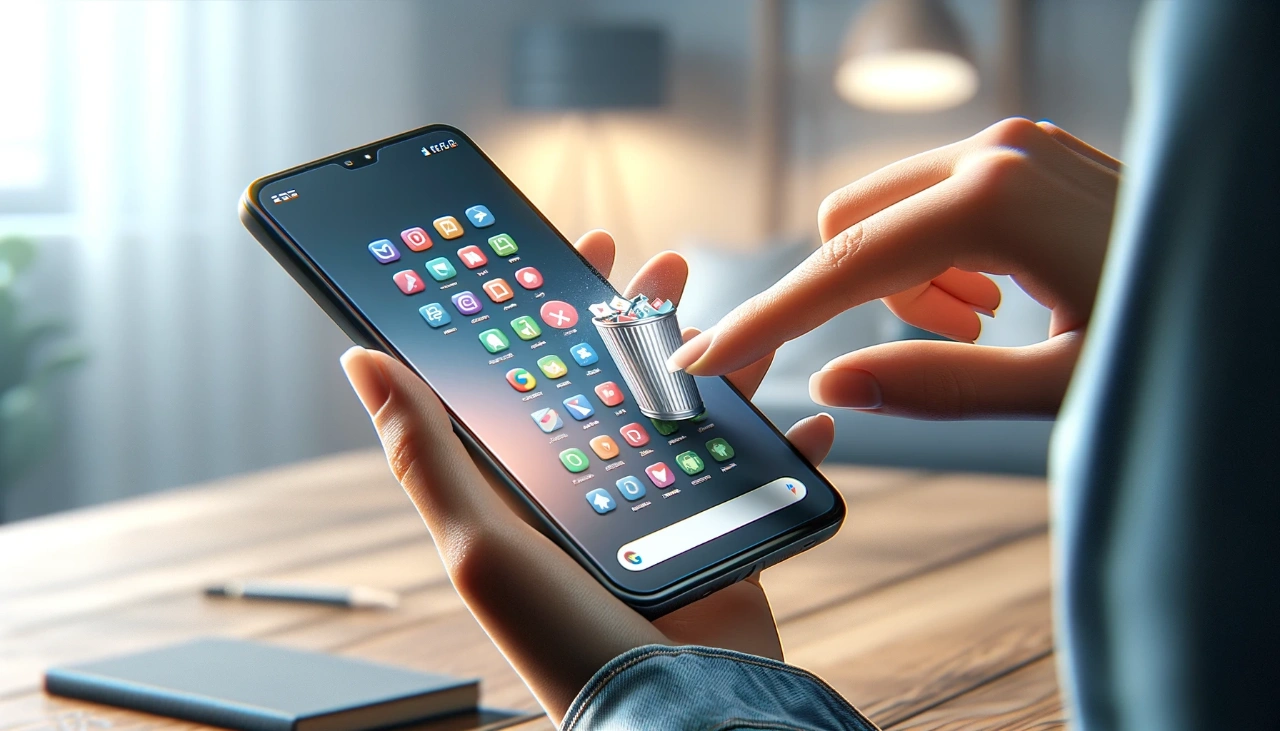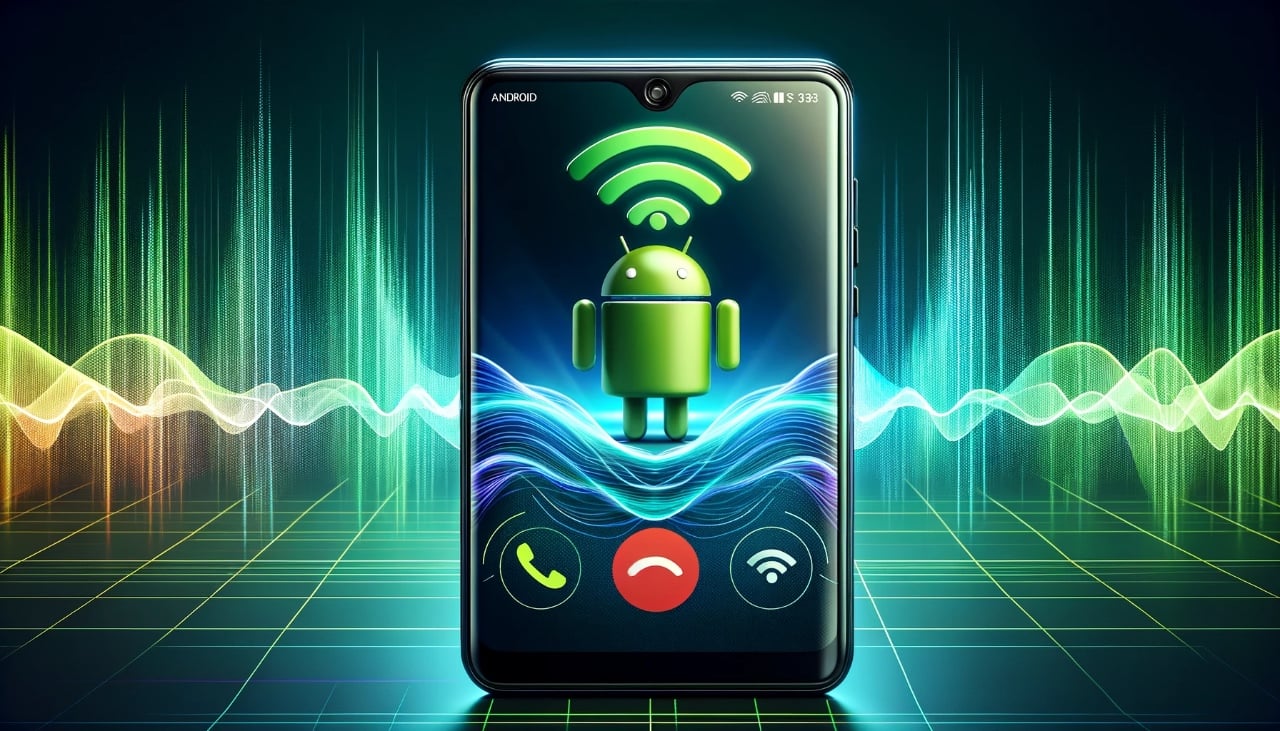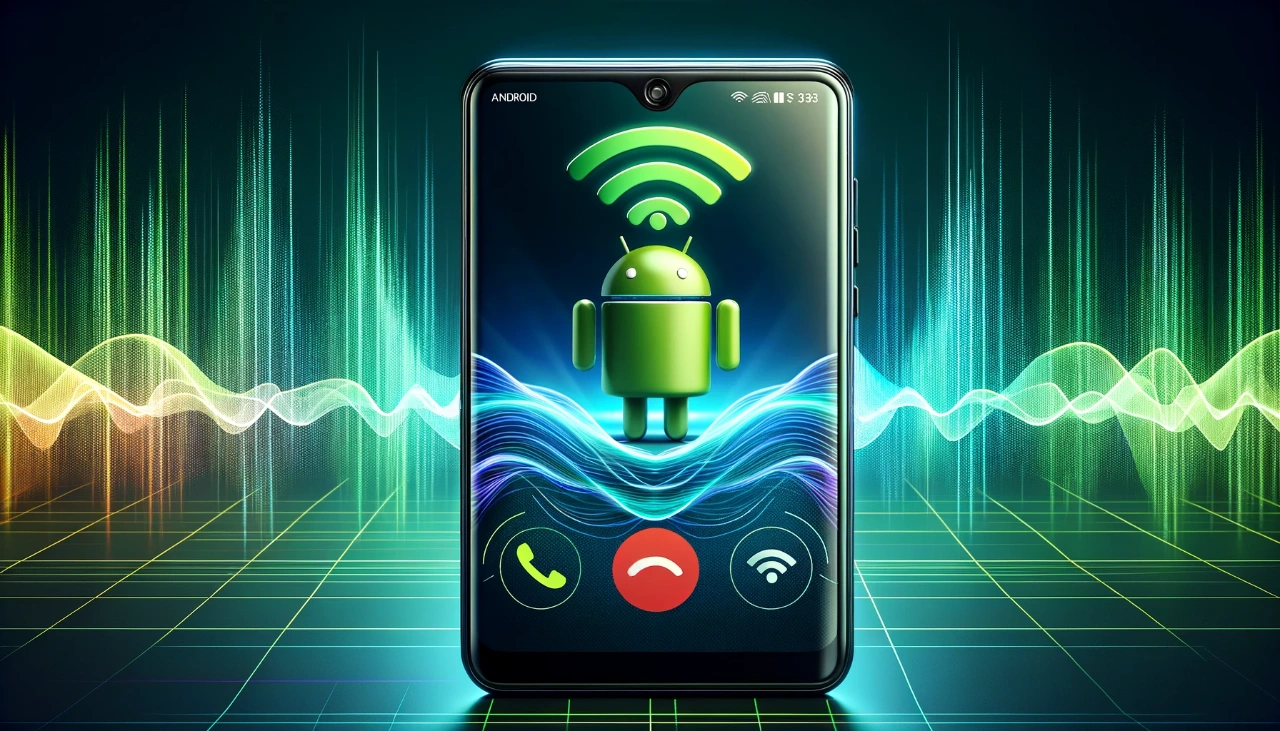
This guide is designed to show you how to set up your new Android Phone or Android tablet. Unboxing your shiny new Android phone or tablet is an exciting moment, marking the beginning of a journey filled with endless possibilities. However, before immersing yourself in the vast world of Android apps and features, it’s crucial to complete the initial setup process. This guide will walk you through each step, ensuring a smooth transition into the Android ecosystem.
Getting Started: Powering On and Connecting to Wi-Fi
Power On: The first step is to turn on your new device. Simply press and hold the power button located on the side or top of the phone or tablet. Once the device powers on, you’ll be greeted with a welcome screen.
Connect to Wi-Fi: Connecting to a Wi-Fi network is essential for various aspects of Android setup, including downloading apps and accessing online services. Select the desired Wi-Fi network from the list and enter the password if prompted.
Personalizing Your Device: Setting Language and Themes
Choose Your Language: Select the language you prefer from the list of available options. This determines the language used for the user interface, menus, and other text-based elements.
Personalize Your Theme: Android offers a variety of themes to customize the look and feel of your device. Explore the available themes and choose one that aligns with your personal preference.
Google Account Sign-in: Unlocking the Power of Google Services
Google Account Sign-in: To fully utilize the capabilities of your Android phone or tablet, you’ll need to sign in with a Google account. This will allow you to access Google services like Gmail, Google Maps, and Google Play Store.
Data Transfer Options: If you’re switching from an iOS device or another Android device, you’ll be presented with options to transfer data, such as contacts, photos, and messages. Follow the on-screen instructions to seamlessly move your data to your new device.
Setting Up Biometric Authentication: Enhancing Security
Fingerprint Scanner: Many Android devices come equipped with fingerprint scanners for convenient and secure unlocking. Follow the on-screen instructions to register your fingerprint and enable it as a security option.
Face Unlock: Some Android devices also support face unlock, allowing you to unlock your phone by simply looking at it. If your device has this feature, follow the on-screen instructions to set it up.
Privacy and Security: Protecting Your Data
Location Access: Android devices can access your location to provide relevant information and services. However, you can control which apps can access your location and for what purposes. Go to Settings > Privacy > Location to manage location permissions.
App Permissions: Apps request various permissions to function properly. Carefully review app permissions before granting them, especially sensitive permissions like access to your contacts or microphone.
Additional Setup Steps: Fine-tuning Your Android Experience
Notifications: Android allows you to customize how notifications are displayed and managed. Go to Settings > Notifications to adjust notification settings for individual apps or change the overall notification behavior.
Gesture Controls: Android offers a variety of gesture controls to enhance navigation. Explore the available gestures and enable the ones you prefer in Settings > System > Gestures.
Summary:
Congratulations on successfully setting up your new Android phone or tablet! Now, it’s time to explore the vast world of Android apps, games, and services. Download your favorite apps, customize your home screen, and immerse yourself in the endless possibilities that Android offers. Remember, with a little exploration and personalization, your Android device can become an indispensable part of your daily life.
Here are some more Android articles you may find helpful:
Image Credit: Onur Binay
Filed Under: Android News, Guides, Mobile Phone News, Tablet News
Latest timeswonderful Deals
Disclosure: Some of our articles include affiliate links. If you buy something through one of these links, timeswonderful may earn an affiliate commission. Learn about our Disclosure Policy.








